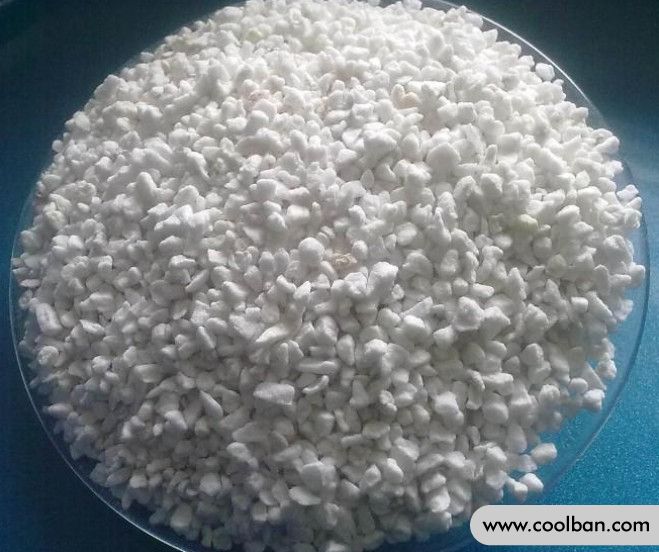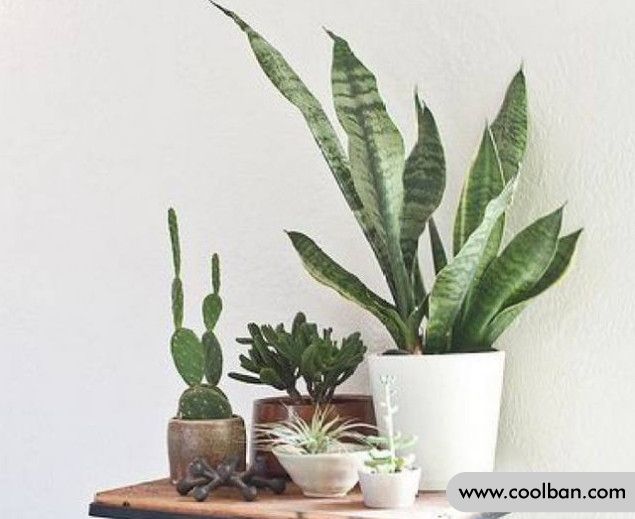What is horticultural perlite?
Perlite is composed of perlite, biomite and turpentine. The difference between the two is that perlite is an arc-shaped fracture formed by condensation, that is, the structure of perlite. The moisture content is 2≤6%, and turpentine is A special turpentine oil with a moisture content of 6-10%, biomite with a vitreous luster and broken shells, with a moisture content of no more than 2%.
The mineral composition is dominated by massive, porous and pumice, which also contains a small amount of permeable feldspar, quartz macular, microcrystalline and various embryonic crystals, cryptic minerals, amphibole and other annular fractures. The fracture is irregular, with pearl-like luster, oily, and white stripes after weathering.

What is expanded perlite?
Perlite is a mineral product made from rock ores. Perlite can be quickly heated to 1000 degrees Celsius after being broken into pieces, followed by non-metallic minerals. Perlite has broad application prospects in horticultural planting and saline-alkali land transformation.
Perlite is a natural acidic volcanic non-metallic mineral composed of perlite, turpentine and biotite. Expanded perlite refers to 4 to 30 times the volume that rapidly expands at 1000°C to 1300°C. Usually, the expansion factor is 7-10 times.

Perlite for flower cultivation:
Perlite has a rich microporous structure. Using this characteristic, the micropores can maintain a high water content, and the flower root system can fully absorb nutrients in the perlite. Pearlstone is an excellent substrate for flower growing. It has the functions of soil transformation, compaction, maintaining the normal exchange of water, gas and fertilizer. According to the flowers planted in potting soil, different ratios need to be adopted.
Perlite is a good horticultural soil because it absorbs water, improves soil and penetrates well. It is suitable for planting roses, lilies, hydrangea, succulents and other flowers by mixing coarse coconut bran and pearl stone to plant flowers, which has good water retention and air permeability.

Advantages and disadvantages of using perlite for planting:
The advantage of using perlite to grow flowers is that the soil based on perlite has high water absorption, and its water absorption is more than twice that of ordinary soil. Incorporating perlite into the soil can effectively prevent the consolidation of the soil and prevent the lodging of plants, so as to achieve the purpose of controlling the utilization rate and fertility of chemical fertilizers. Perlite has a honeycomb structure that absorbs porosity and can be used as a dilution for pesticides and herbicides.
The disadvantage is that there are many holes in the pearl stone, and it is easy to float after watering. In addition, its texture is very light and can be easily blown away by the wind. The pearl stone particles are small, round and white, which are easy to cause pets and children to play, and will cause harm to the body after inhalation.
The characteristics of flowers planted with perlite are moist soil, which avoids rot caused by long-term soaking in water. Therefore, when planting flowers, special care should be taken not to stand water and dry for a long time. Because perlite has good air permeability and water permeability, coconut bran can prevent soil moisture loss, but if it is too dry, it will affect the root system of flowers.
As the end of fall comes, the temperature will be lower and lower, and the soil can be kept moist by watering. In winter, the temperature is low, the air is relatively dry, and most flowers are in the dormant period and grow slowly, so proper watering is required.
